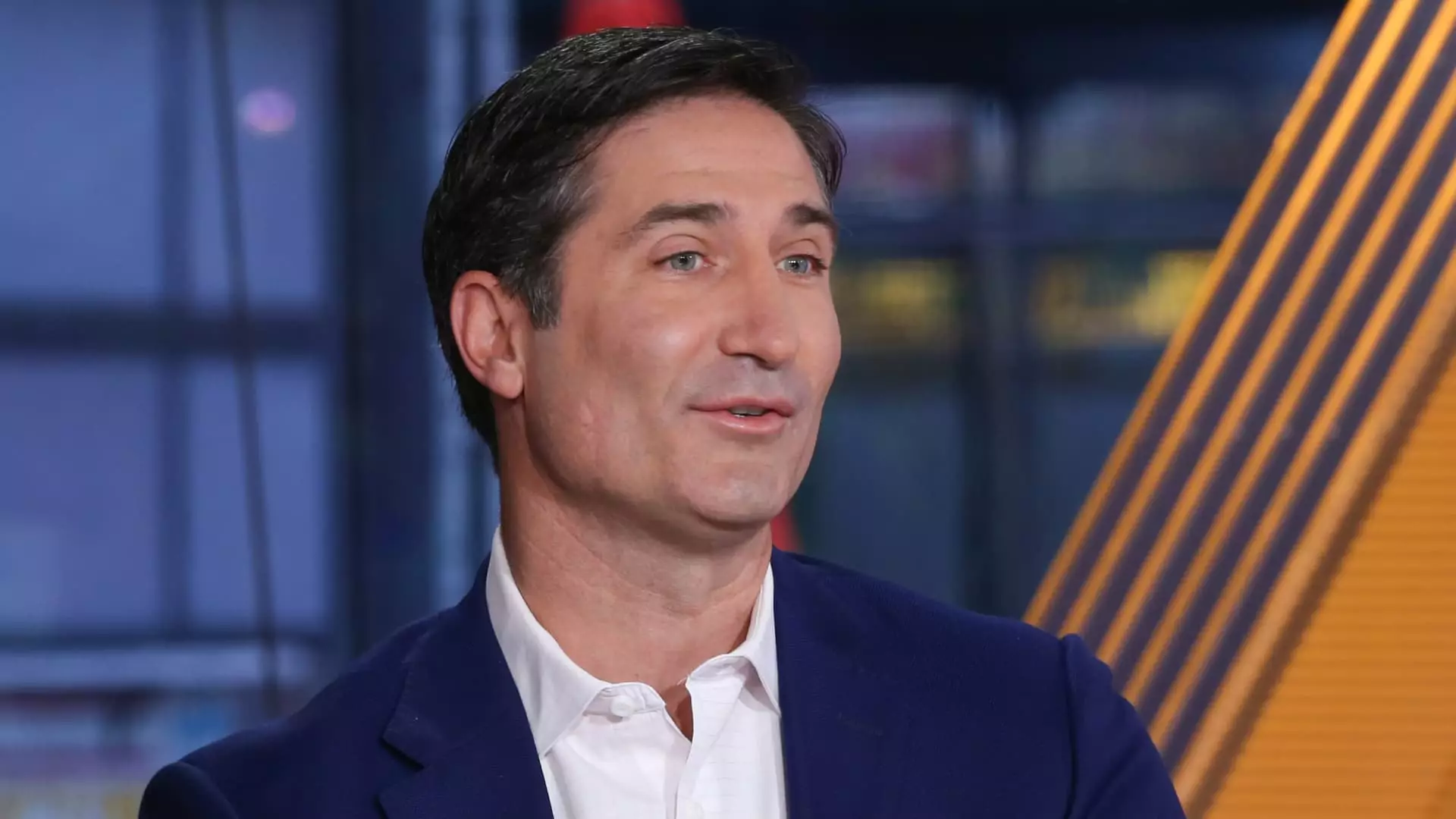The renowned coffee chain Starbucks finds itself navigating through challenging waters as it confronts a decline in same-store sales for the fourth consecutive quarter. However, despite these challenges, the company reported quarterly earnings and revenue that surpassed Wall Street’s expectations. This analysis explores the complexities of Starbucks’ recent performance, the efforts underway for revitalization, and the implications for its future.
In its latest fiscal reporting, Starbucks announced a net income of $780.8 million for the first quarter, which translates to 69 cents per share. While this marks a decrease from the previous year’s net income of $1.02 billion and earnings of 90 cents per share, the results still reflect resilience in a difficult market. Revenue remained stable at $9.4 billion, surpassing Wall Street’s expectations of $9.31 billion. However, the same-store sales figures, which dropped 4%, highlight significant challenges, particularly a worrying 6% decline in customer traffic.
The company was initially vulnerable to a more significant downturn, with analysts predicting an even steeper decline of 5.5%. Notably, Starbucks’ U.S. and international markets did not conform to these dire predictions. U.S. same-store sales saw a decrease of 4%, backed by an 8% dip in cafe traffic, signifying broader concerns about customer engagement and brand relevance.
Under new leadership from CEO Brian Niccol, who took office in September, Starbucks is embarking on a strategic revitalization plan dubbed “getting back to Starbucks.” This initiative aims to emphasize the core tenets of the brand—quality coffee and superior customer experience. Niccol expressed optimism about the early responses to strategic changes, which include eliminating additional charges for nondairy milk and a renewed focus on coffee-centric marketing and menu innovation.
The response from investors appears promising, with a 3% increase in share prices during extended trading hours following the earnings announcement. This suggests that stakeholders are cautiously optimistic about the company’s turnaround efforts, illustrating a willingness to give Starbucks the benefit of the doubt as it navigates these tumultuous times.
Starbucks’ challenges extend beyond the U.S. market, particularly in China, where same-store sales fell by 6%. Competing with rival chains such as Luckin Coffee, Starbucks has found it necessary to enhance discount offerings to maintain customer interest against lower-priced competitors. The decline in average ticket size by 4% enforces the notion that, despite the global brand’s popularity, competitive pricing strategies are essential in retaining market share.
Additionally, Starbucks has announced plans to pause their projections for fiscal 2025, reflecting the need to recalibrate strategies based on ongoing market conditions. Moving forward, the company is also looking to limit new store openings and capital renovations, which are pivotal decisions aimed at preserving financial resources while focusing on recovery efforts.
As part of its structure redesign, Starbucks is splitting the role of North American president into two positions, indicating a shift towards more specialized leadership that can better address regional needs. Moreover, the company is also expected to lay off some workers, though details regarding these reductions remain undisclosed.
With such sweeping changes, one must consider the broader implications on Starbucks’ corporate culture and employee morale. The company’s focus on operational efficiency versus personnel could evoke mixed reactions from employees and customers alike, emphasizing the delicate balancing act that Niccol and his team must navigate.
While Starbucks has reported earnings that beat market expectations, the persistent decline in same-store sales underscores the challenges ahead. With strategic initiatives aimed at revitalization underway, the fundamental question remains whether these changes will be sufficient to restore the brand’s market dominance and customer loyalty in a saturated coffee market. Starbucks’ journey forward involves not just financial recovery, but also regaining its footing as a beloved brand that represents quality and customer experience.


Leave a Reply